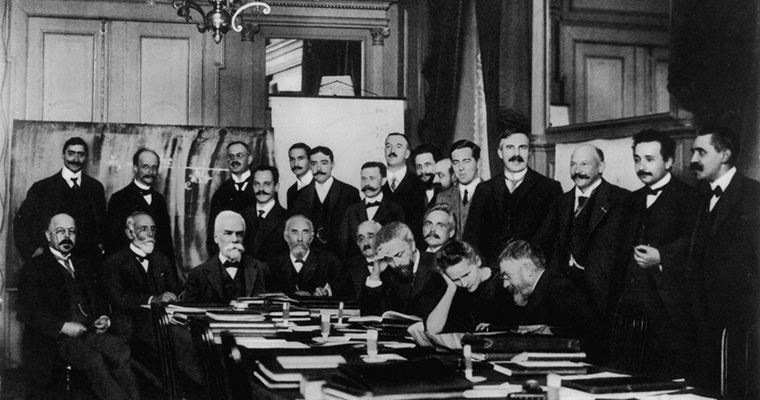Scientists examine the world and wonder, “Why?” Albert Einstein developed the almost all of his theories simply by reasoning. Other scientists, such as Charles Darwin, made use of species discoveries. Whatever tools these scientists used, they all acquired new knowledge about the world that we reside in.
Leonardo da Vinci (“Renaissance man”)
Lifetime: 1452-1519
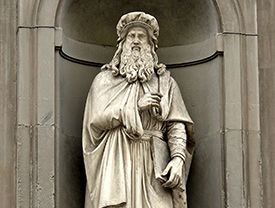
He was an Italian an expert mathematician, engineer, inventor, anatomist, painter, sculptor, architect, botanist, musician and writer. He conceptualized a helicopter, a tank, concentrated solar power, a calculator, the double hull and outlined a rudimentary theory of plate tectonics. Some of his smaller inventions, such as an automated bobbin winder and a machine for testing the tensile strength of wire, entered the world of manufacturing unheralded is the best invention still. As a scientist, he greatly advanced the state of knowledge in the fields of anatomy, civil engineering, optics, and hydrodynamics.
Marie Curie
Lifetime: 1867-1934
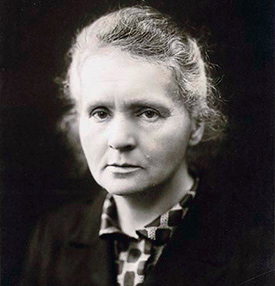
Marie Curie was the first female recipient person who awarded the Nobel Prizes twice. The one who discovered the two elements polonium and radium with her scientist husband, Pierre Curie. Unfortunately, she lost his husband who died in 1906 trampled by the horse. After his death, Marie Curie continued to research radioactivity and her work eventually earned her a second Nobel Prize. Marie Curie’s work helped a lot in the use of X-rays, treatments of cancer in medicinal fields and laid the foundation for the new discipline of atomic physics.
Albert Einstein
Lifetime: 1879-1955
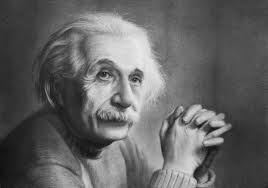
The Man, One who have the most refashion scientific thought, but how made the public admired? By his sense of humor. For making short banter, Einstein was the people’s scientist and one of the most brilliant men of the 20th century, Einstein looks unique partly because he always had uncombed hair, dishevelled clothing, and a lack of socks. During his entire life, Einstein worked carefully to understand the world around him and developed the Theory of Relativity, which was the beginning for the creation of the atomic bomb.
Galileo Galilei
Lifetime: 1564-1642
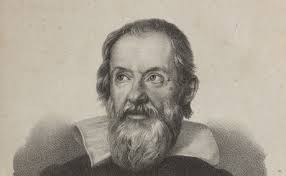
“Measure what can be measured and make measurable what cannot be measured”.
The legend in the astronomy field is the Galileo who the called the “father of modern observational astronomy”, the “father of modern physics”, the “father of science”, and “the Father of Modern Science was an Italian physicist and astronomer.
Achievements: Includes in the motion of uniformly accelerated objects, taught in nearly all high school and introductory college physics courses, study of kinematics by Galileo. His contributions to the improvements of the telescope and the observational astronomy the telescopic confirmation of the phases of Venus, the discovery of the four largest satellites of Jupiter, named the Galilean moons in his honour, and the observation and analysis of sunspots. Galileo also worked in applied science and technology, improving compass design. Galileo was eventually forced to take back his heliocentric and spent the last years of his life.
Nikola Tesla
Lifetime: 1856-1943
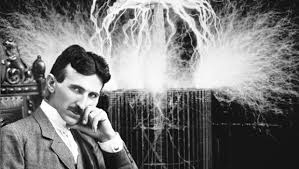
“The man who invented the twentieth century” and “the patron saint of modern electricity.”
In the modern age the most important scientist and inventor who contributes in the field of electricity and magnetism as a Serbian engineer. Tesla’s patents and theoretical work formed the basis of modern alternating current electric power (AC) systems, including the polyphone power distribution systems and the AC motor, with which he helped usher in the Second Industrial Revolution. Tesla has contributed in varying degrees to the establishment of robotics, remote control, radar and computer science, and to the expansion of ballistics, nuclear physics, and theoretical physics. Many of his achievements have been used, with some controls, to support various pseudoscience’s, UFO theories, and early New Age occultism.
Charles Darwin
Lifetime: 1809-1882

The scientists of today think deeply instead of clearly. Darwin demonstrated that all species of life have evolved over time from common ancestors through the process he called natural selection. The fact that evolution occurs became accepted by the scientific community and the general public in his lifetime. In modified form, Darwin’s scientific discovery remains the foundation of biology, as it provides a unifying logical explanation for the diversity of life. He also examined human evolution and sexual selection in The Descent of Man, followed by the Expression and the Emotions in Man and Animals. In recognition of Darwin’s pre-eminence, he was one of only five 19th century UK non-royal personages to be honoured by a state funeral.
Robert Goddard
Lifetime: 1882-1945
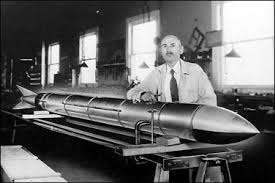
Goddard was just 17 years old when he decided he wanted to build rockets. He was climbing a cherry tree on October 19, 1899 a day he forever after called “Anniversary Day” when he looked up and thought how wonderful it would be to send a device to Mars. The father of modern rocketry, was the very first to successfully launch a liquid-fuelled rocket. This first rocket, named “Nell,” was launched on March 16, 1926 at Auburn, Massachusetts and rose 41 feet into the air. Unfortunately, Goddard was not appreciated in his lifetime and he had a dream of belief that one day the rocket could reach the moon.
Sir Isaac Newton
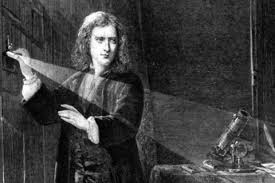
Newton’s stature among scientist’s remains at the very top rank, as demonstrated by a 2005 survey of scientists in Britain’s Royal society. Newton was an English physicist, mathematician, astronomer, natural philosopher, alchemist, theologian and one of the most influential men in human history. He wrote many books. Newton described universal gravitation and the three laws of motion, laying the groundwork for classical mechanics, which dominated the scientific view of the physical universe for the next three centuries and is the basis for modern engineering. Newton showed that the motions of objects on Earth and of celestial bodies are governed by the same set of natural laws.
Achievements in:
Mechanics: Newton introduced the principles of conservation of momentum and angular momentum.
Optics: Built the first “practical” reflecting telescope and developed a theory of colour based on the observation that a prism decomposes white light into a visible spectrum.
He also formulated an empirical law of cooling and studied the speed of sound.
Mathematics: Newton finds the development of the differential and integral calculus.
He also demonstrated the generalized binomial theorem, developed the so-called “Newton’s method” for approximating the zeroes of a function, and contributed to the study of power series.
Francis Crick and James Watson
Lifetime: 1916-2004, Born 1928
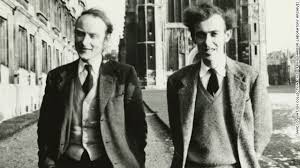
Hurray!! Crick to be talkative and brash, Watson made the very first line of his famous book, The Double Helix (1968): “I have never seen Francis Crick in a modest mood.” Ouch! Both together discovered the double helix structure of DNA, the “blueprint of life. On April 25, 1953, their discovery made them famous and was first published Watson was just 25 years old and Crick a doctoral student older than Watson by little more than a decade.
Thomas Alva Edison
Lifetime: 1847-1931
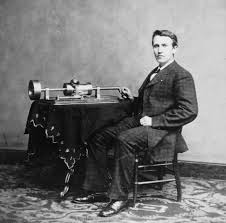
Edison was one of the most creative inventor, with patents ranging across a wide variety of fields in daily life usage. He is mainly best known for his works on phonograph and the practical electric bulb. Edison was the head of the industrial technology by building the electric power house that worked on DC. His phonograph sound recording came as a sudden surprise that people called him the “Wizard of Menlo Park”.
